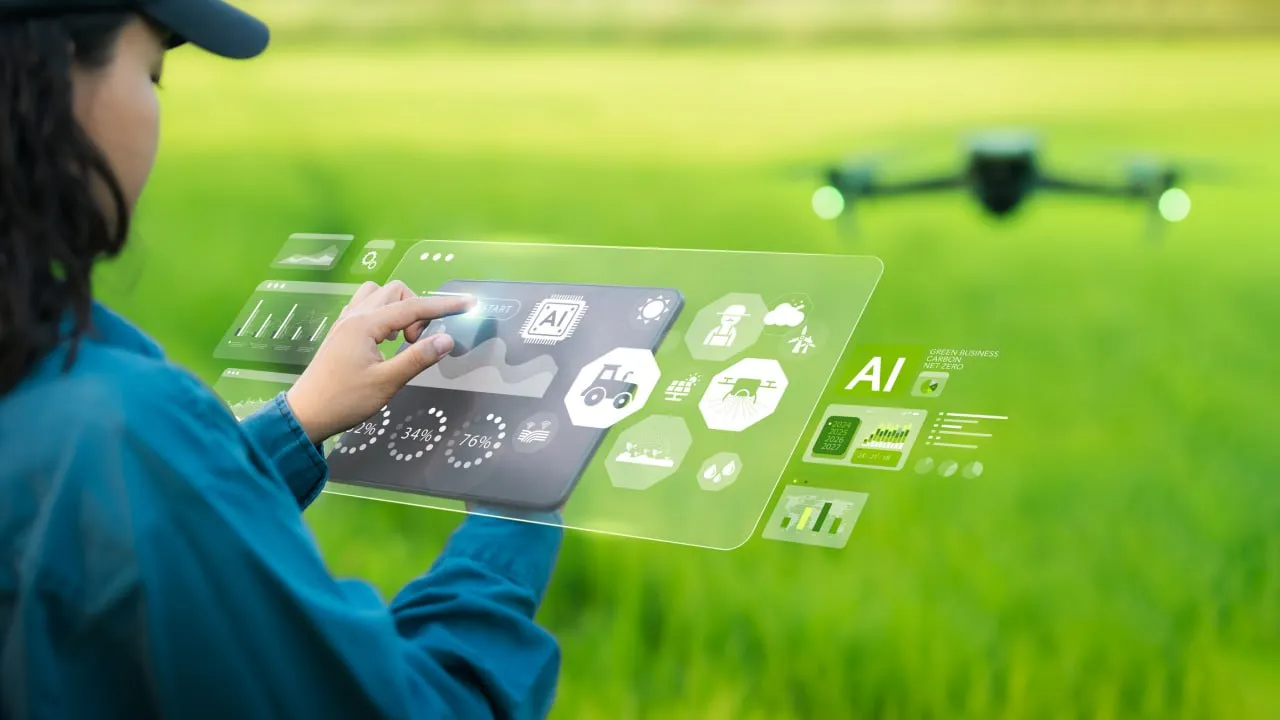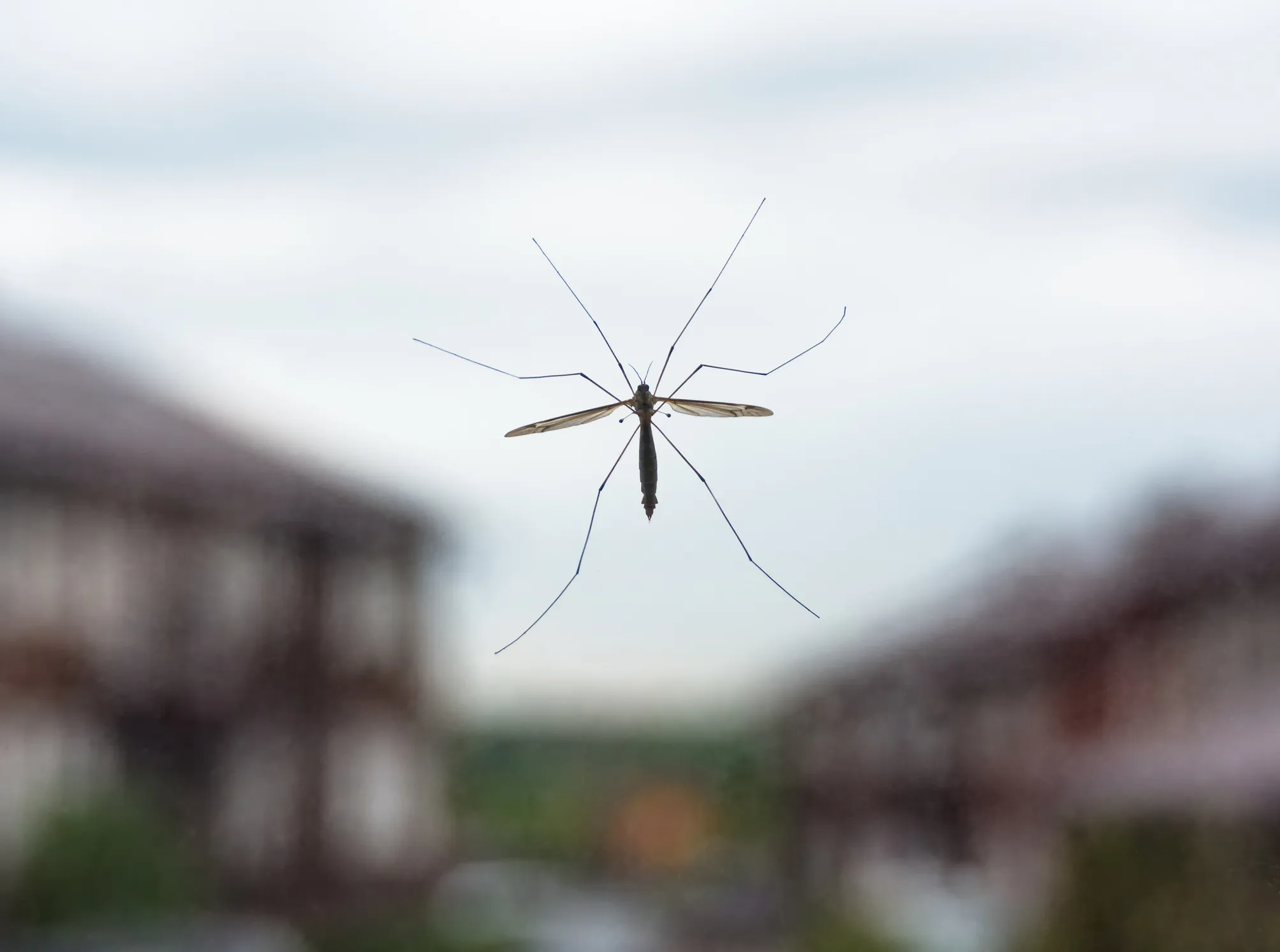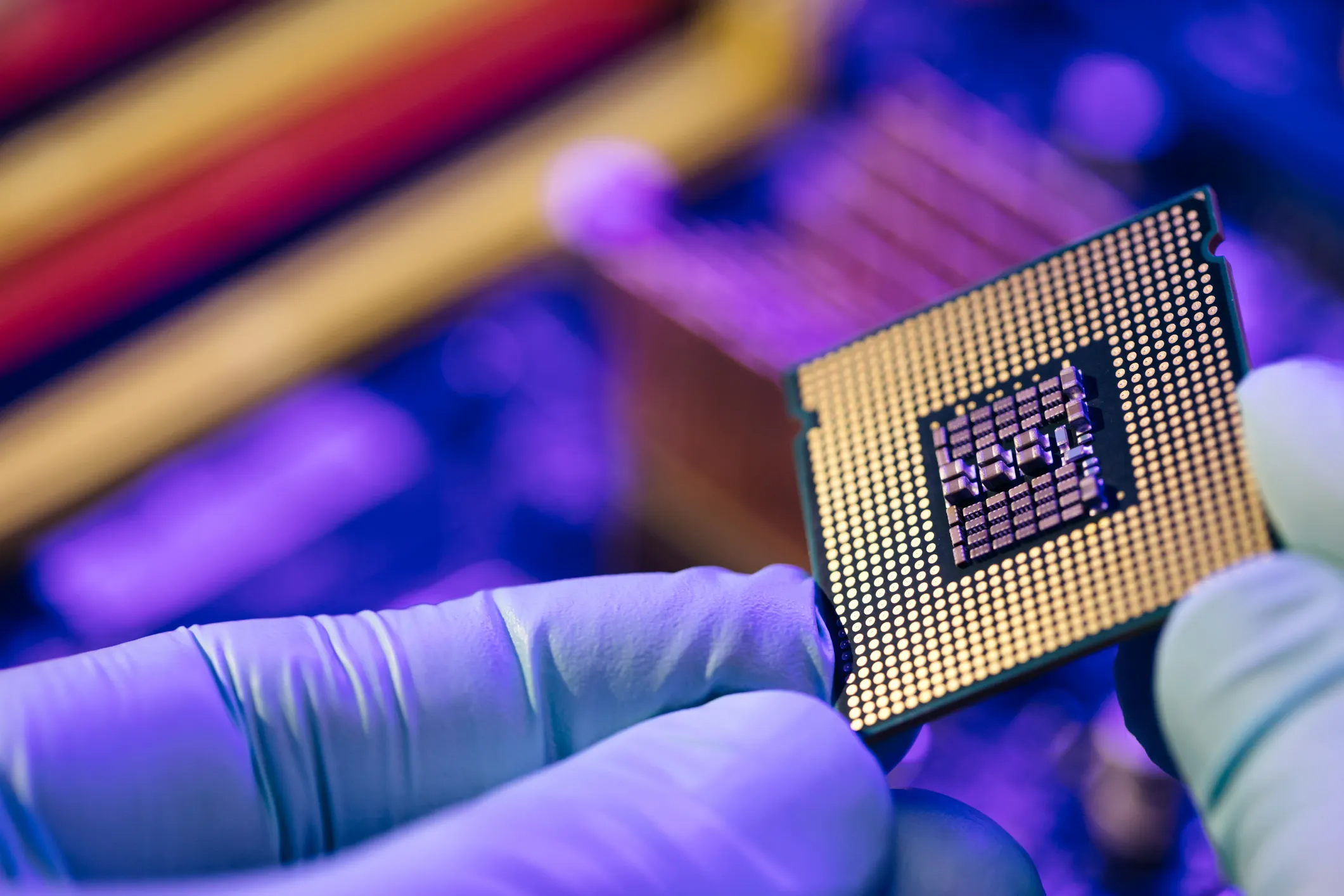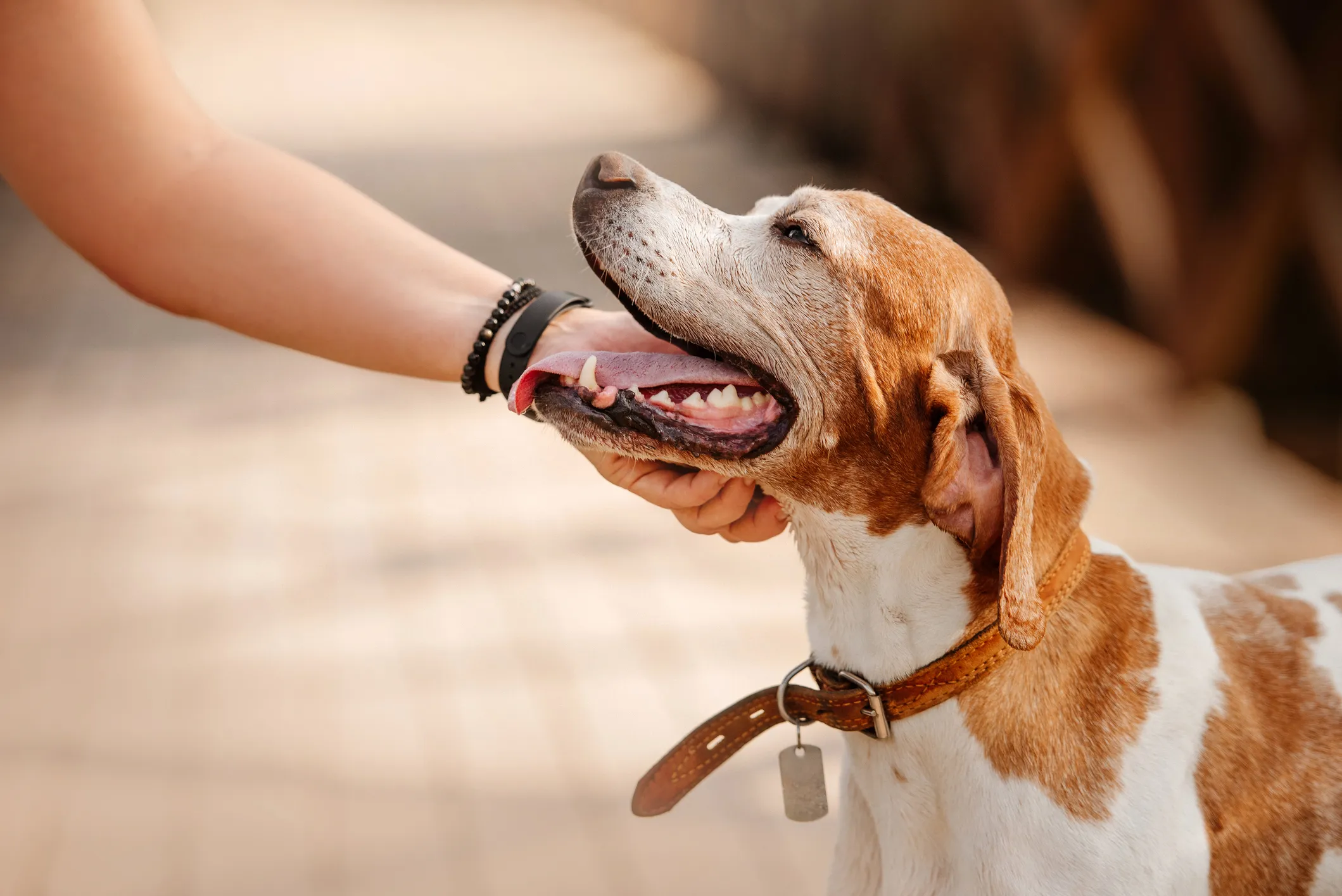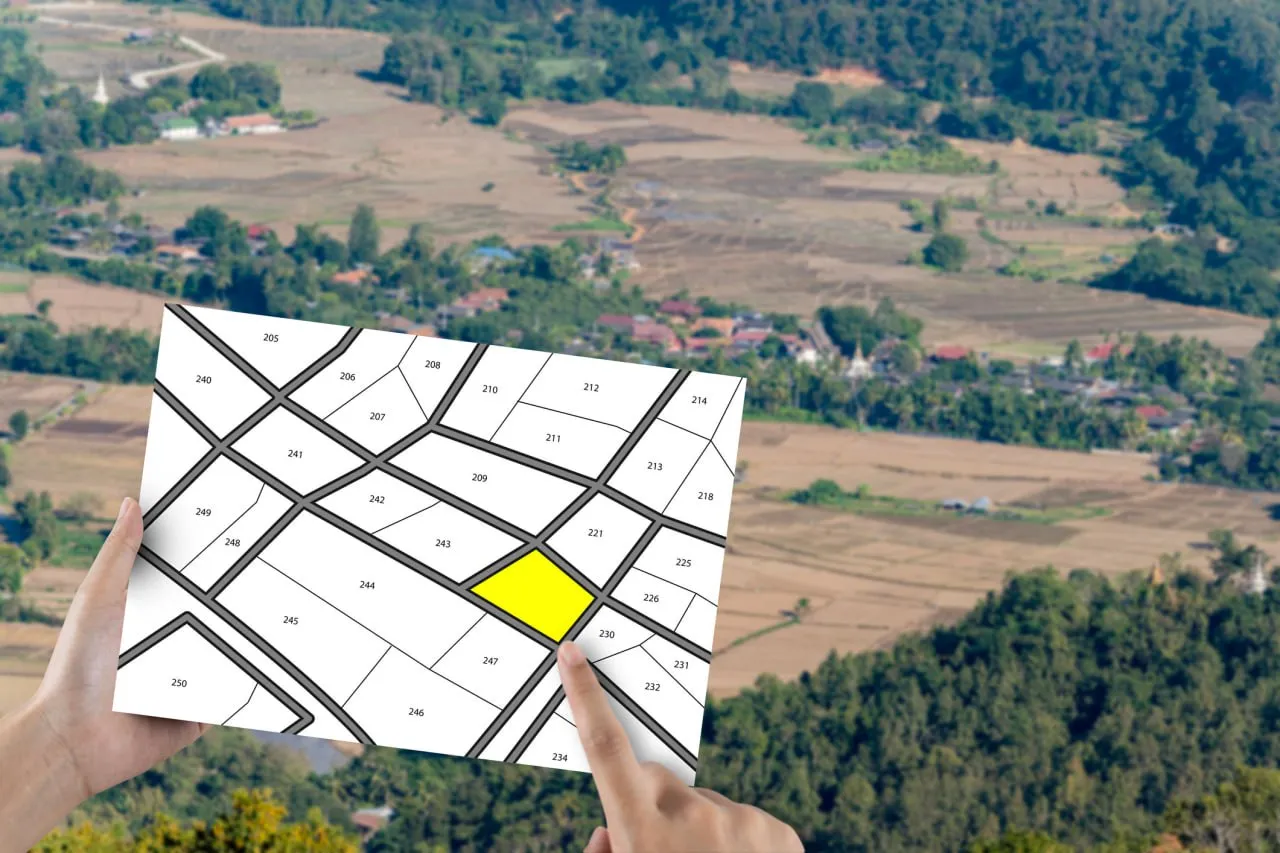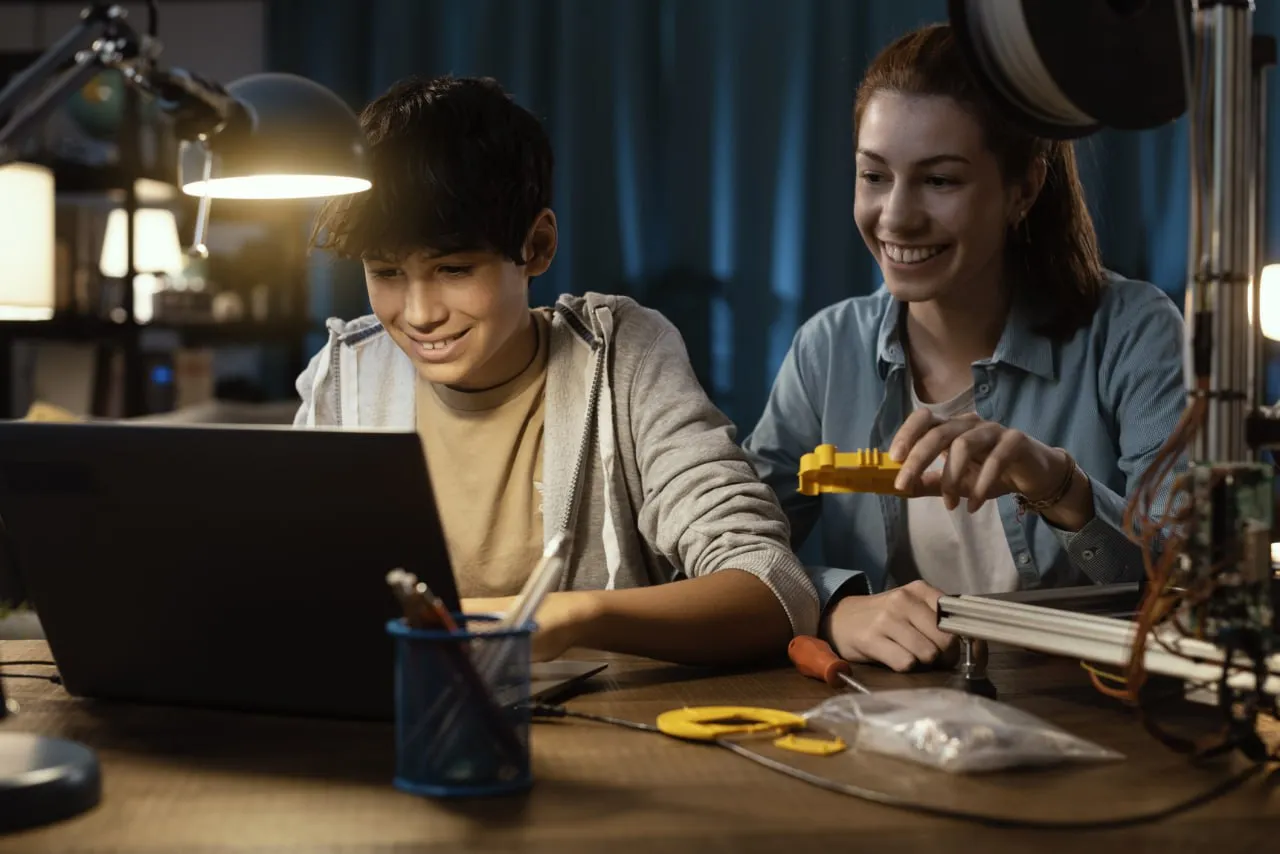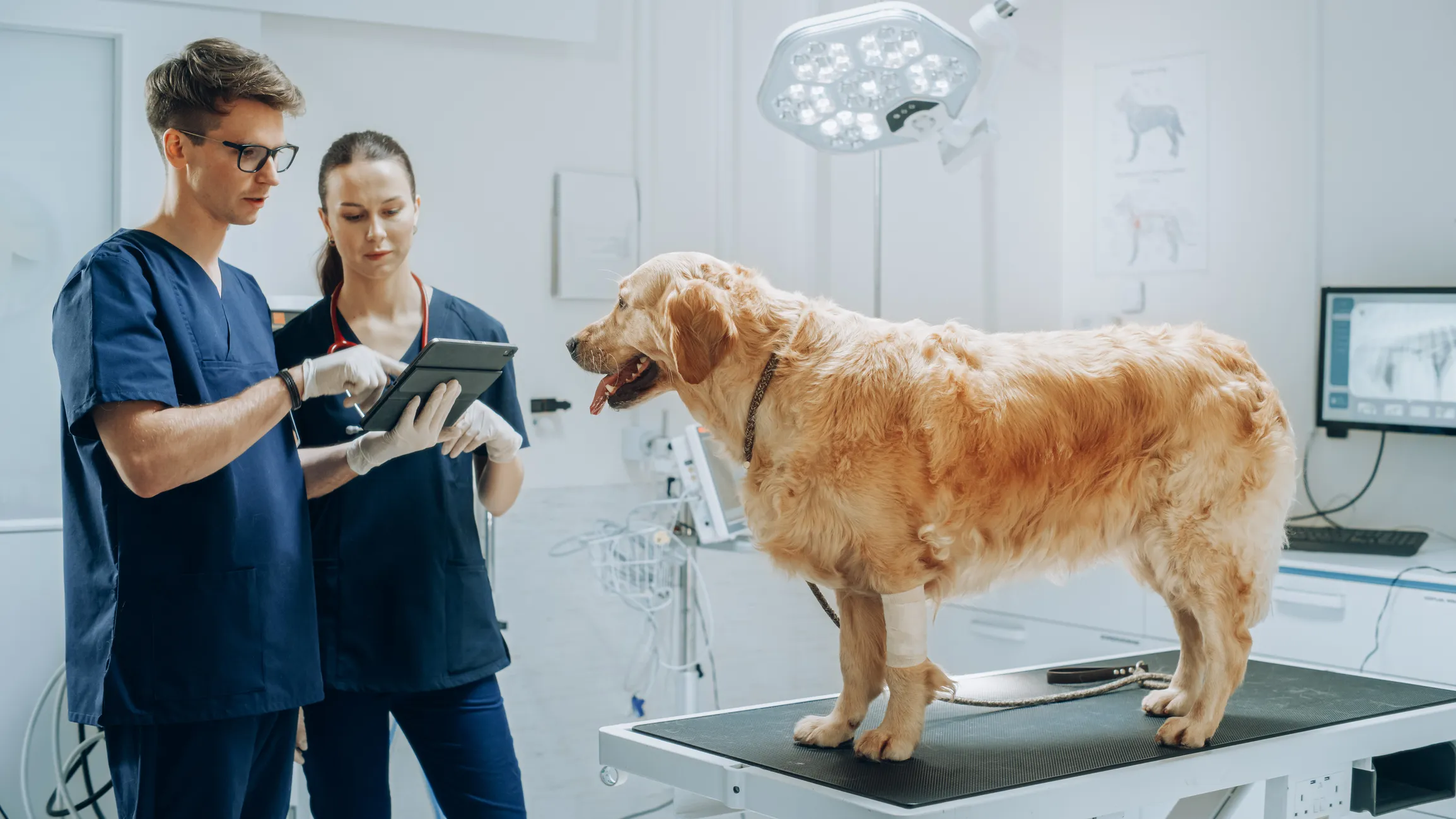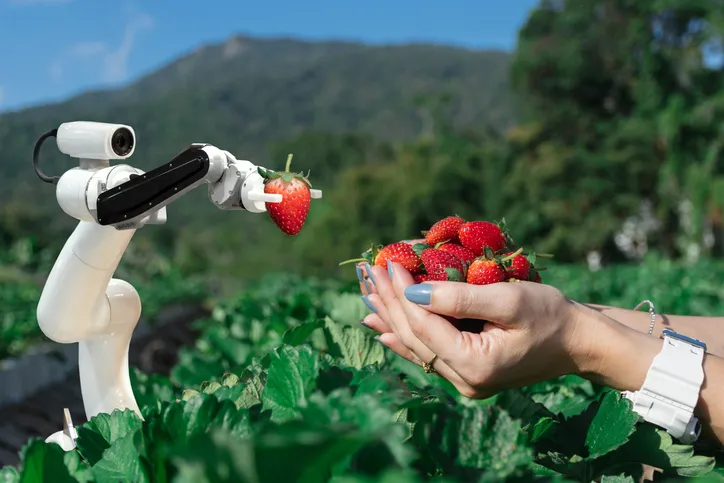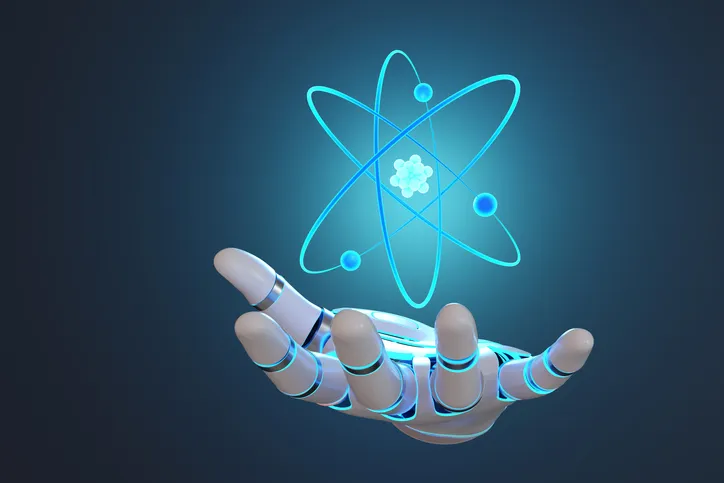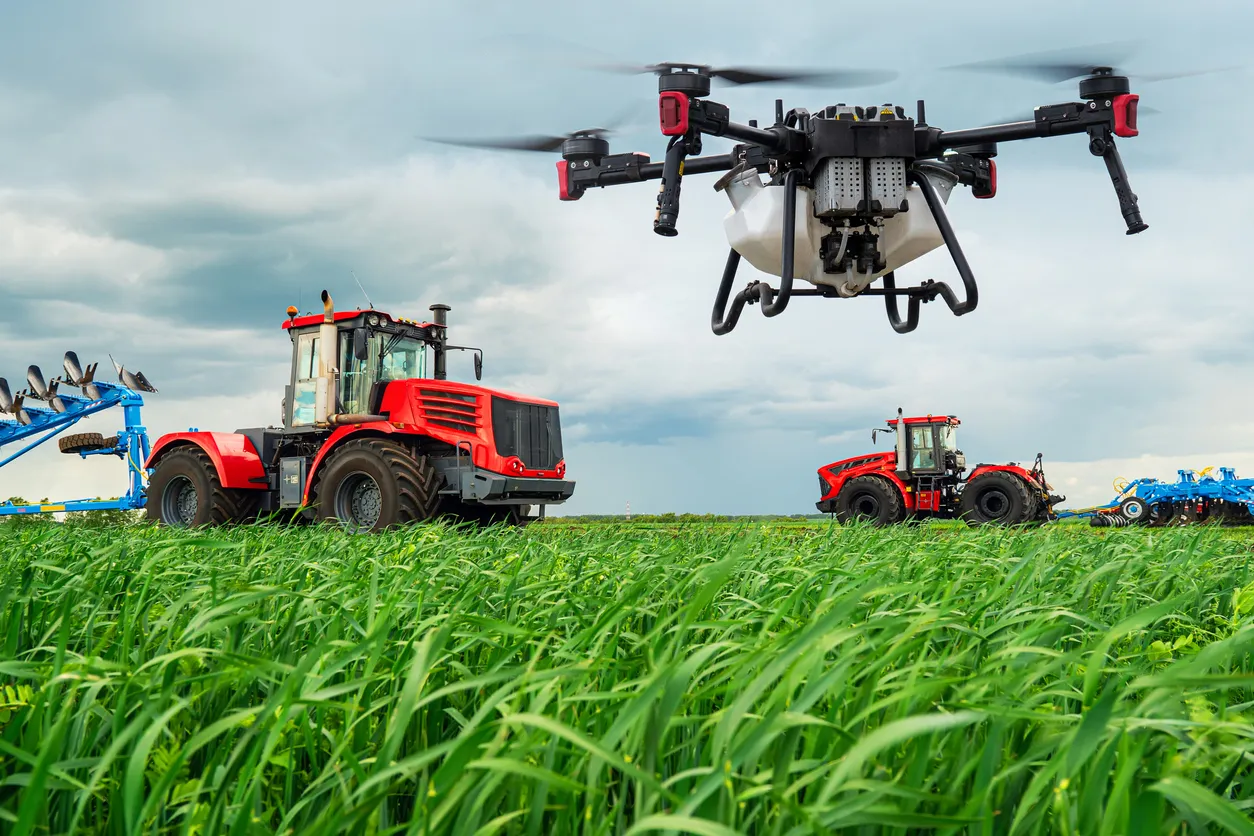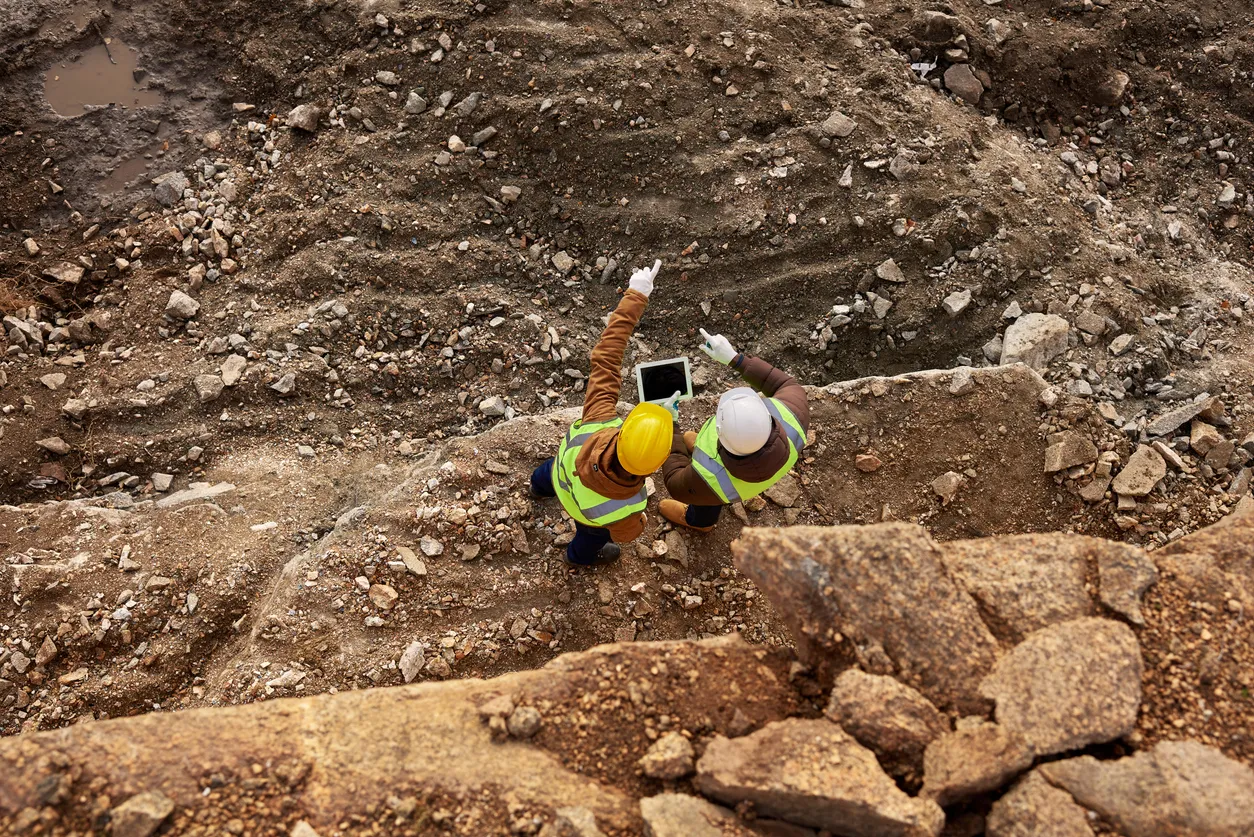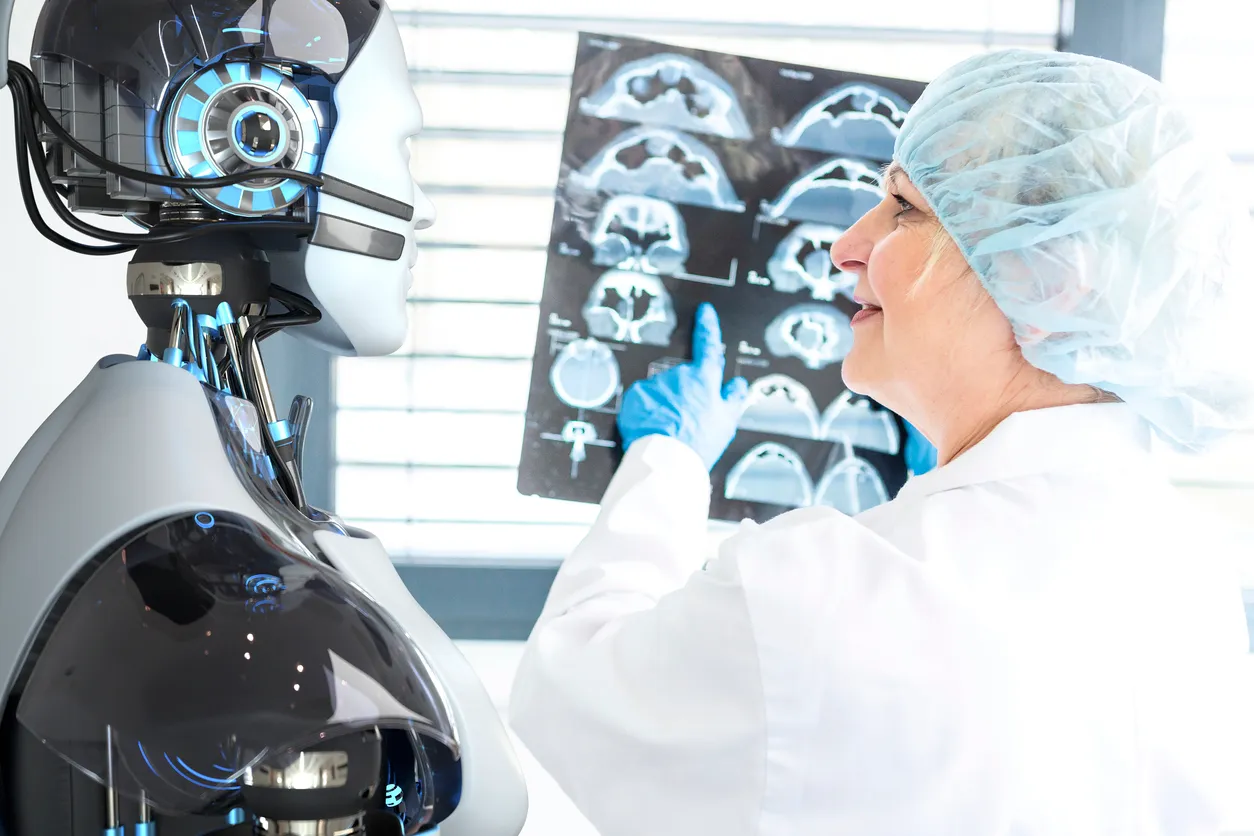Russian Students Learn Coding with Help from a Robot Dog
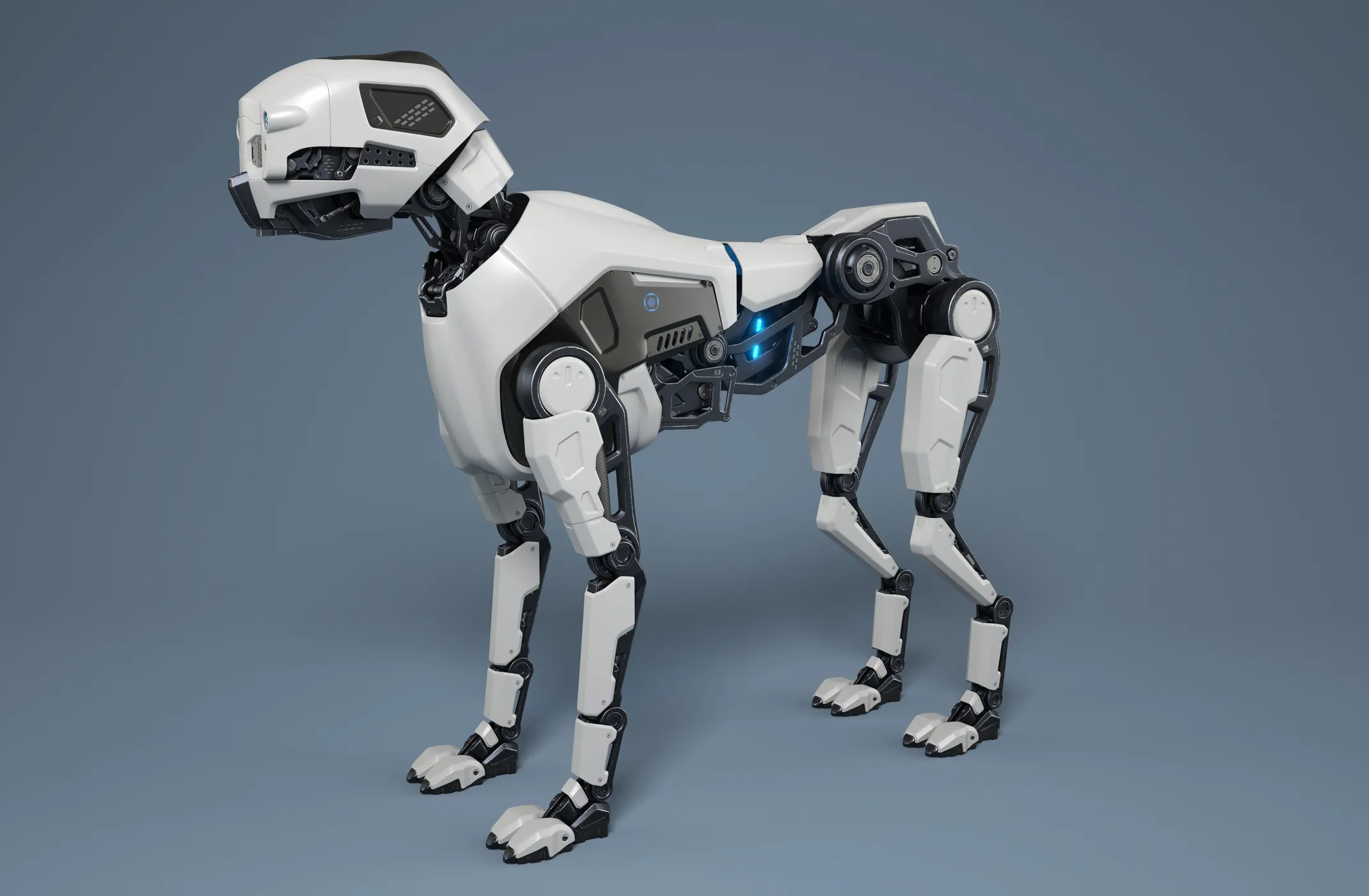
For over six months, IT and robotics students at Ufa University of Science and Technology have been greeted by a friendly robotic dog that responds to commands, performs tricks, and enriches their programming education
A Playful Coding Companion
At Ufa University of Science and Technology, studying IT and robotics has taken on a new dimension thanks to “PISH‑bot,” a dog‑shaped robot that greets students with a cheerful bark at the start of every class. Developed by the university’s Faculty of Information Systems and Programming, PISH‑bot goes beyond simple fetch routines: he can walk on his front legs, dance on cue, perform somersaults, and even form a heart shape with his paws. “As long as we have the imagination and programming skills, there’s no limit to what he can do,” students explain, reflecting on how writing control algorithms translates immediately into tangible, interactive results.
This hands‑on approach immerses learners in real‑world challenges: they debug servo‑motor coordination, fine‑tune balance algorithms, and optimize sensor feedback loops. By witnessing instant feedback—whether PISH‑bot wags his tail or gracefully flips—theories of kinematics and control systems come alive, reinforcing both motivation and technical comprehension.
Scaling Educational Robotics Across Russia
Educational robot dogs like PISH‑bot are rapidly gaining traction nationwide. In Neftekamsk, developers have taught a similar platform to understand commands in Tatar, showcasing local‑language AI integration. Meanwhile, Archangelsk researchers are exploring quadruped robots for perimeter security and intrusion alerts, blending robotics courses with practical homeland‑security applications.
From an analytical perspective, this proliferation of robotic companions serves three key educational goals:
1. Active Learning: Students progress faster when they see immediate, physical outcomes of their code.
2. Multidisciplinary Skills: Projects demand coding, electronics, mechanical design, and data analysis, forging well‑rounded graduates.
3. Innovation Ecosystem: Regional variations—such as Tatar‑language support—highlight how localized development nurtures diverse tech solutions.
As more universities adopt dog‑robot platforms, Russian educators anticipate measurable gains in student engagement, higher course completion rates, and a talent pipeline ready for careers in robotics, AI, and IoT. Ultimately, these four‑legged teaching assistants not only entertain but also equip the next generation with the hands‑on expertise needed to drive tomorrow’s technological breakthroughs.



